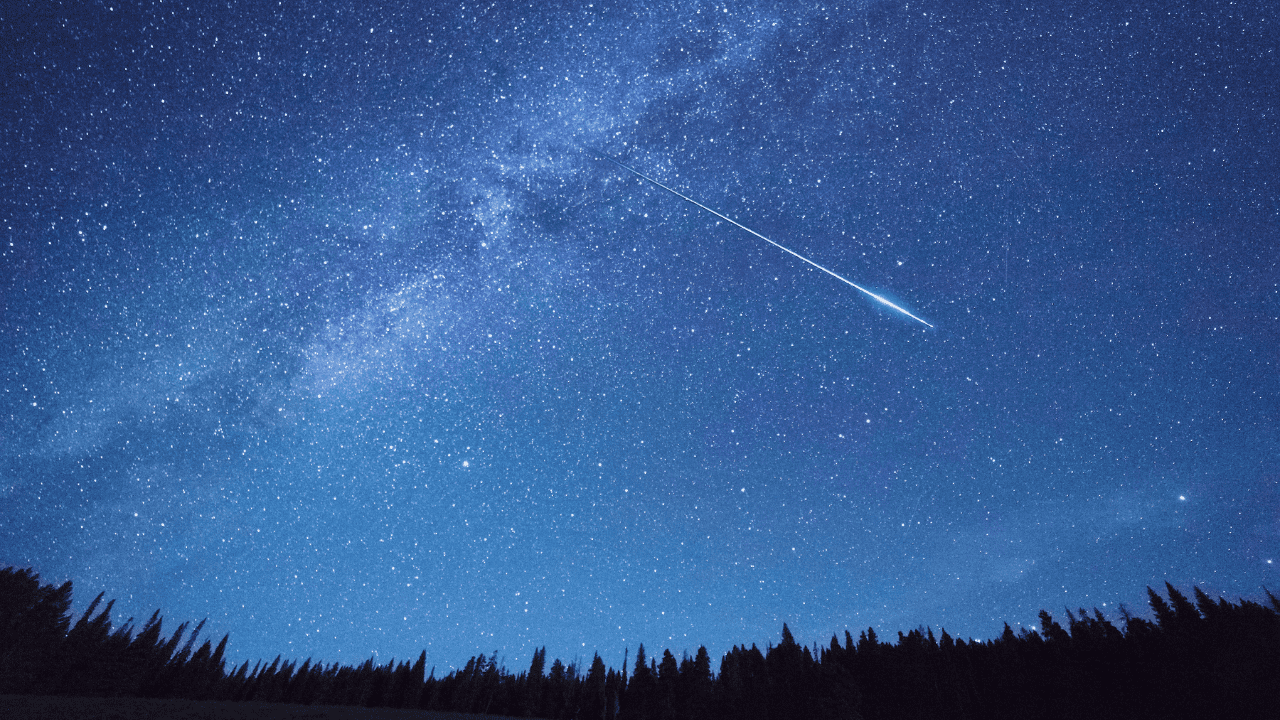A spectacular meteor shower will be visible in Ontario
Published April 15, 2023 at 6:01 pm

Calling all stargazers who enjoy watching the sky especially for “shooting stars”— there is an opportunity this weekend and a little bit into the next to observe the April Lyrids.
According to Space.com, Lyrid meteors are among the oldest known, with ancient records of them dating back nearly 27 centuries.
This is an annual occurrence that displays fairly fast meteors that may be seen any night. This year you can observe them from April 16 to 25.
However, these showers generally produce over one-half of their maximum in numbers for about a day or two centered around the date of their peak activity which is predicated to fall during the evening hours of April 22 this year.
The “prime-time” for looking for these meteors will be during the predawn hours which is on Sunday, April 23.
NASA says a single observer during the peak may count anywhere from 10 to 20 meteors per hour.
Lyrids are described as being particularly rich in faint meteors, but do produce occasional bright ones. These meteors don’t tend to leave long, glowing dust trains behind them as they streak through the Earth’s atmosphere, although, they can produce the occasional flash called a fireball.
An accurate way to distinguish a Lyrid from any other meteors seen around the same time is that its trail points back to close by dazzling blue-white star Vega. You’ll be able to see this star sitting about 10 degrees above the northeast horizon at around 10 p.m.
NASA meteor expert, Peter Jenniskens, says, “After the low (meteor) rates in the cold months of February and March, this shower is the proverbial ‘swallow of spring’ for observers in the northern hemisphere.”
In addition to the Lyrids, there is also a small chance to get a glimpse of some sparkling fireball meteors from a completely different meteor swarm.
These meteors appear slightly more erratic and are far less reliable than the Lyrids, but worth looking for.
Prior to midnight, the “wild card” fireballs may appear to streak out from the south-southeast part of the sky, while after midnight they could appear to come from the south-southwest.
Grab your telescopes and binoculars as this is a light show you will be able to catch more than once this April.
INsauga's Editorial Standards and Policies
